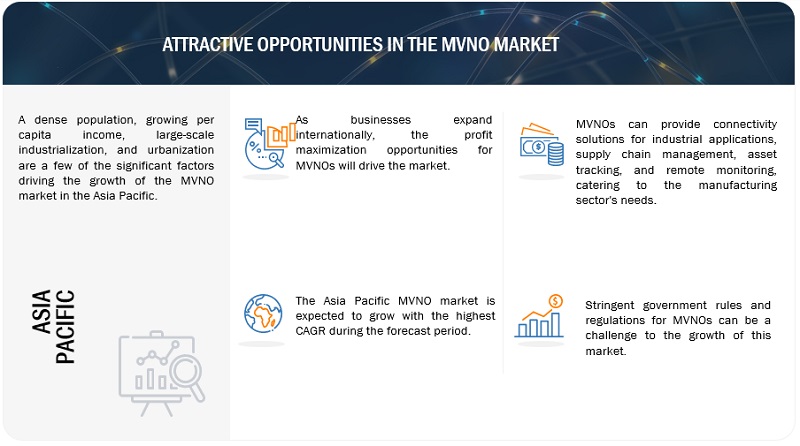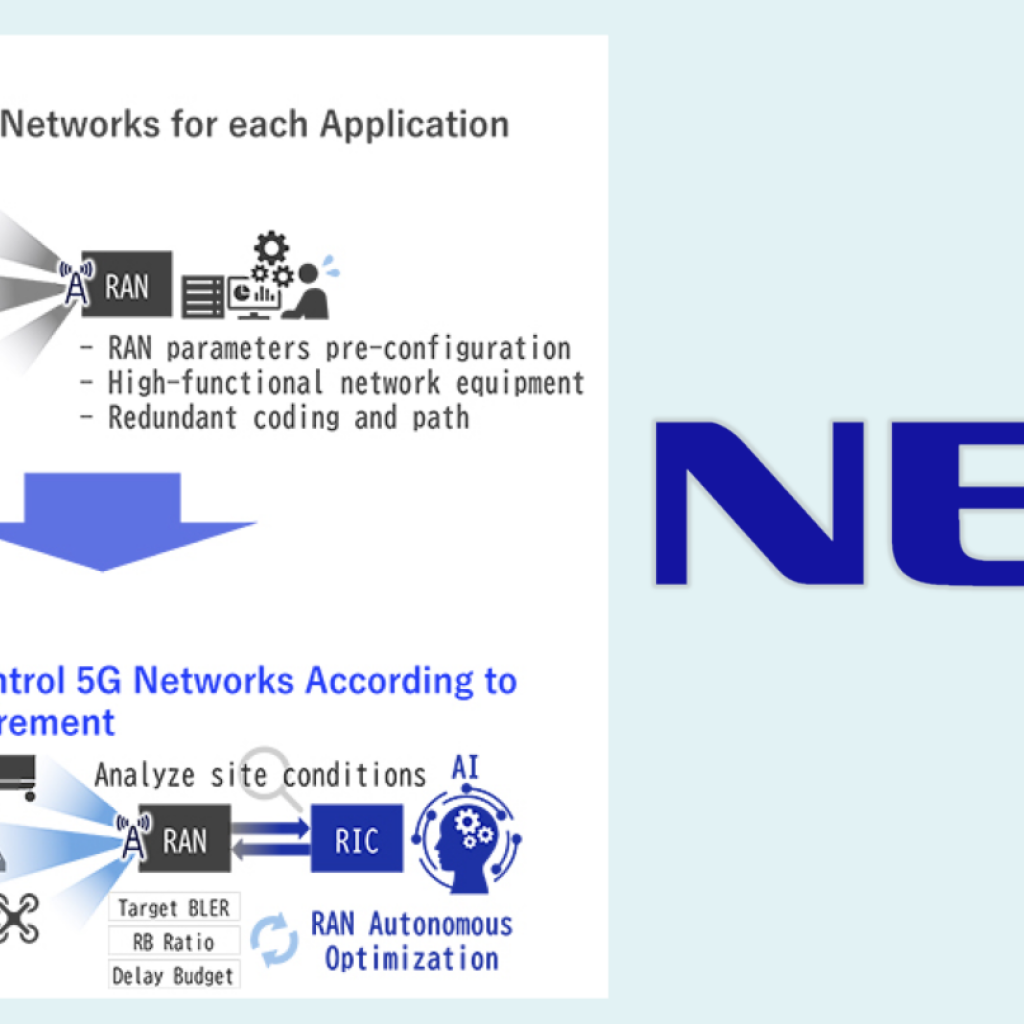In recent times, mobile virtual network operators (MVNOs) have experienced a resurgence in popularity, with notable ventures like Mint Mobile and Humane making headlines. MVNOs, independent mobile services operating on existing carrier infrastructure, are leveraging advancements in network and cloud technologies to forge direct relationships with consumers. The global MVNO industry, currently valued at $84 billion, is projected to witness a robust 40% growth in the next five years, reaching a staggering $116.8 billion.
Advancements in technology drive MVNO growth
Traditionally viewed as a lighter alternative to establishing a carrier, MVNOs circumvent the need for costly physical infrastructure. Technological advancements, particularly the introduction of the eSIM, have revolutionized the MVNO landscape. The eSIM eliminates the need for physical SIM cards, streamlining the onboarding process and reducing operational complexities. Humane’s innovative approach, utilizing an eSIM tied to T-Mobile’s network, exemplifies the ease of adopting an all-digital distribution strategy.
Tailoring services for targeted segments
MVNOs, freed from the burden of physical infrastructure, possess the flexibility to tailor services for diverse consumer segments. From enterprises seeking granular controls to ethical-driven services like Ecotalk investing in environmentally-friendly initiatives, MVNOs are capitalizing on their agility to offer specialized products. Governments, keen on fostering competition, are generally supportive of MVNOs building on established carriers’ infrastructure, creating a symbiotic relationship.
Global MVNO landscape: A growing phenomenon
The MVNO phenomenon, which began in 1999 with Virgin Mobile in the U.K., has seen exponential growth. Currently, there are an estimated 2,000 MVNOs across 90 countries, representing a 53% increase in the past five years. Europe leads the charge with a 50% share of the global MVNO market, followed by the Americas at 19% and Asia at 16%. Governments and regulators, recognizing the potential for innovation and competition, play a crucial role in shaping the MVNO landscape, with regulatory frameworks varying across markets.
In an era where price competition with major telecom players is challenging, MVNOs must bring unique offerings to the table. Mint Mobile’s online-only approach, coupled with Ryan Reynolds’ marketing prowess, exemplifies how a distinctive value proposition can disrupt the market. Roccstar Wireless, with A-list celebrity backing, aims to replicate Mint’s success by combining branding and experience with an extensive retail distribution network.
Mobile virtual network enablers (MVNEs): Facilitating MVNO success
While established entities like Google have the resources to operate as MVNOs independently, smaller ventures often turn to Mobile Virtual Network Enablers (MVNEs). MVNEs act as intermediaries, handling infrastructure aspects such as SIM card provisioning, billing, user management, and customer support. Humane’s collaboration with MVNE partner Optiva illustrates the symbiotic relationship between MVNOs and MVNEs, allowing companies to determine their level of involvement based on budget, goals, and technical capabilities.
Diverse ventures: From sports teams to neobanks
The MVNO landscape has witnessed diverse entries, from soccer teams in Brazil launching their networks to YouTubers establishing their own mobile services. The process of becoming an MVNO has become more accessible, attracting entities like Zolve, an Indian neobank that entered the MVNO market to address immigrants’ challenges in obtaining mobile phone plans. Uber’s MVNO in Mexico, aimed at enhancing affordability for its vast driver base, further exemplifies the versatility of the MVNO model.
MVNOs set to transform the telecom industry
As the telecom landscape evolves, MVNOs are poised to play an increasingly integral role. The growth trajectory of the MVNO industry, driven by technological advancements, regulatory support, and the quest for unique value propositions, signifies a transformative phase in the telecom sector. With MVNOs providing targeted and innovative services, the industry is witnessing a shift towards diversified and consumer-centric mobile offerings. As new players continue to enter the MVNO space, the telecom industry is in for a dynamic and competitive future.





